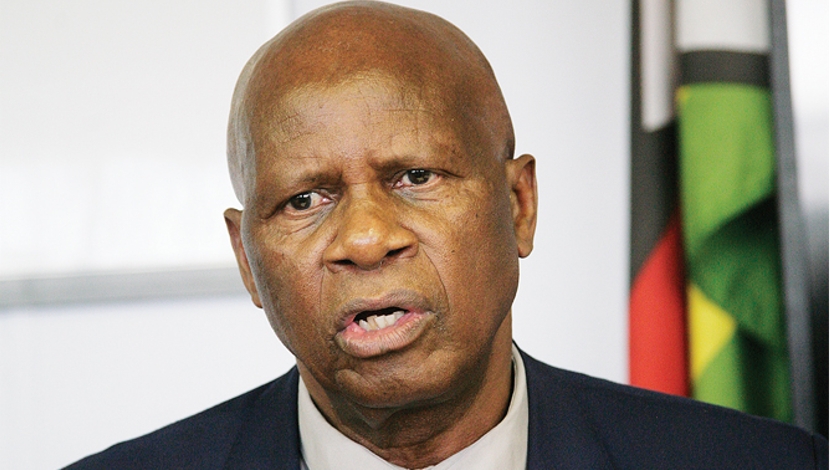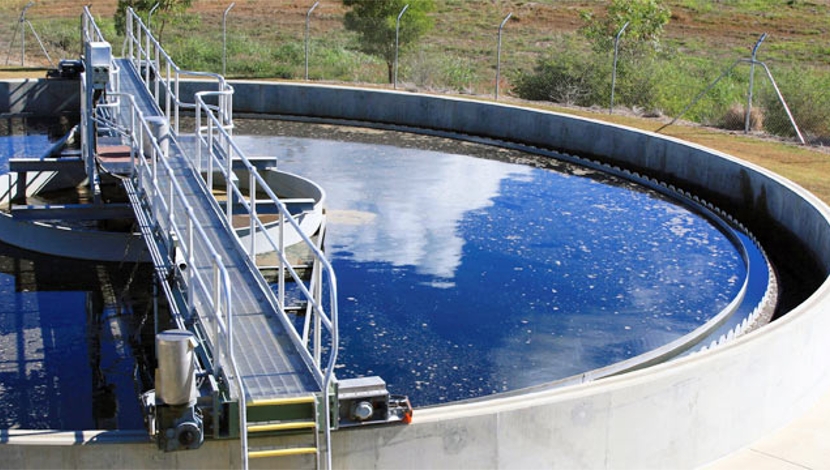
SANRAL has said its proposed R5.3-billion De Beers Expressway would significantly relieve congestion on the Van Reenen’s Pass route.
Sanral communications GM Vusi Mona noted that the De Beers Expressway section of the N3, a 99-km dual carriageway linking Keeversfontein, in KwaZulu-Natal, with Warden, in the Free State, would give road users greater safety, comfort and productivity.
The route would be 15 km shorter than the N3, have flatter grades, smoother alignment and fewer sharp curves. This would allow a 30-minute time saving for light vehicles and a 60-minute saving for heavy vehicles.
Mona said the existing Van Reenen’s Pass route, built in 1961, couldn’t handle the huge growth in traffic volumes and accidents had increased, resulting in many fatalities and sporadic road closures.
“The existing stretch of the R103/N3 past Harrismith and across Van Reenen’s Pass will remain in place and continue to be maintained by Sanral. Once the De Beers Expressway has been completed, there will be two highways crossing the Berg, providing an alternate route between Keeversfontein and Warden,” said Mona.
While businesses on the current route would be affected, Sanral expected that one-third of the through-traffic would remain on the current route and that Harrismith would become a “boom town” during the four-year construction period.
The N3 route had been earmarked as one of the priorities of the multibillion-rand Strategic Integrated Project 2 that was crucial to unblocking economic development and providing much-needed capacity along key freight corridors in South Africa.
“With Durban handling over 40% of the country’s imports and exports and Gauteng generating over 33% of the country’s gross domestic product (GDP), the Durban–Free State–Gauteng corridor is the country’s most important economic corridor and this route will directly contribute about R4.4-billion a year towards South Africa’s GDP,” said Mona.





